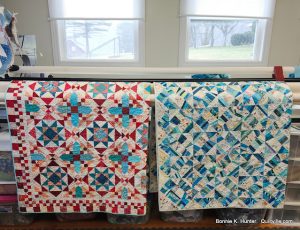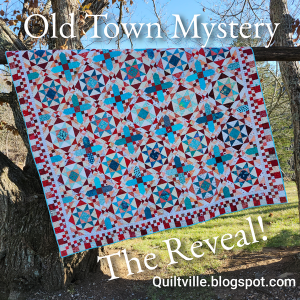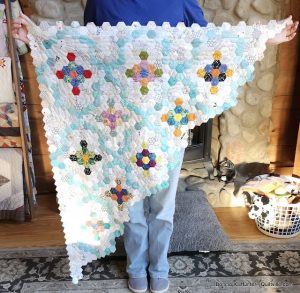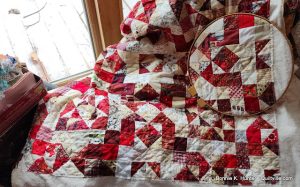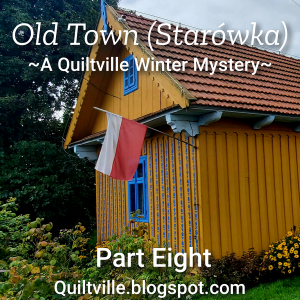Happy New Year! Old Town, Part Eight!
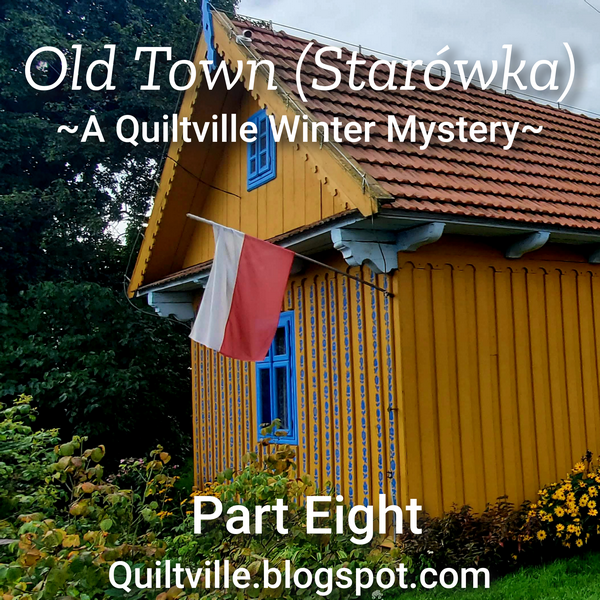
Old Town Warsaw, historically known as Old Warsaw is the oldest portion of the city, and contains numerous historic buildings, mostly from 17th and 18th centuries, such as the Royal Castle, city walls, St. John’s Cathedral, and the Barbican, the Old Town Market Square and the Warsaw Mermaid Statue shown here.
During World War II, the Old Town was nearly totally destroyed, and subsequently reconstructed. The project was the world’s first attempt to resurrect an entire historic city core and was included on the UNESCO World Heritage list in 1980.
The Barbican: The most famous section of the walls, located in the north of the Old Town. The Barbican was rebuilt after World War II using bricks from demolished buildings in other cities. Inside the Barbican is a museum that tells the history of the city walls and the Barbican’s transformations.
The Warsaw Uprising, which broke out on 1 August 1944 and lasted until 2 October 1944, was one of the most important and devastating events in the history of Warsaw and Poland. Up to 90% of Warsaw’s buildings were destroyed during the hostilities and the systematic destruction of the city carried out by the Germans after the uprising.
Assembly for these units is the same as the Essential Triangle Tool method below.
Using the Essential Triangle Tool will have you cutting easily from strips, saving time and increasing your piecing accuracy.
Cutting Quarter -square Triangles
Unlike having to cut 5 1/4’’ and 2 7/8’ squares as in the traditional rotary cutting method above, I used my Essential Triangle Tool to cut the quarter-square and half-square triangles from 2 1/2’’ strips.
2 1/2’’ strips are something I keep readily on hand so I can easily go to my strip stash and pull what I need.
To cut quarter-square triangles, place the fourth green line from the top (Look for the 2 1/2’’ strip width marking down the center in green) at the bottom edge of the strip with the green line ON the red fabric, not below it on the mat.
Trim 2 sides as shown. The upper tip of the ruler will extend above the top of the strip just a bit creating a flat spot at the top of the cut triangle. This flat spot becomes a placement guide.
Pivot the ruler, placing that fourth green line at the top of the strip, ON the fabric. Cut.
Cut 4 matching base triangles for each set. Cut 25 sets. I am cutting through 2 layers here. Every 2 cuts gives me another set.
Make as many different red sets as you wish, keeping them the same red for each set.
Fold a 2 1/2’’ neutral strip with right sides together so you are cutting through two layers. Right sides together is needed as we are cutting in mirror image pairs.
Square off one end of the strip set.
Using the third red line for 2’’ finished half-square triangles, place the red line ON the fabric at the top of the strip set (Don’t place the line on the mat above the fabric or you will be one line width too small.) and make a cut.
Trimmed corner to trimmed corner!
All of the notched corners go at the top of the unit – the flat spot on the top of the base triangle becomes a placement guide
Start with the right wing first!
Place the right wing triangle on top of the base triangle with right sides facing. Align the bottom edge and the diagonal.
Stitch. Gently press toward the neutral base triangle so as not to distort it. Trim dog ears.
Be consistent with always stitching the right wing triangle on first and pressing that seam allowance under toward the base triangle.
Add the left wing triangle in the same manner. Press toward the wing triangle. Remove dog ears and trim to 2 1/2’’ X 4 1/2’’ as needed. Make 25 sets of 4 matching.
I know that folks love to talk “scant” – but be careful when sewing these. Seams that are “too scant” will not leave you with a 1/4” seam allowance at the top of your unit. You’ll lose your point in the next seam. Or your unit will be too big and you’ll lose it when you trim.
The only scant that is the “right” scant is the one that takes you to unit size without losing your margins.
(Without Essential Triangle Tool)
You can make flying geese units with neutral 2 1/2’’ X 4 1/2’’ base rectangles with 2 1/2’’ corner squares to become wing triangles in a stitch & flip method.
This method creates quite a bit of waste, but if it works for you – GREAT! Please remember that you may need more fabric yardage if you use methods like this.
Drawn Lines or Simple Folded Corners Method:
For each set:
Cut 4 red rectangles 2 1/2” X 4 1/2”
Cut 8 neutral squares 2 1/2”
Cut 25 sets.
Draw a line from corner to corner on the back of each of the 8 squares for each set.
Place a square in the right hand corner of the rectangle with right sides together.
Place the sewing machine needle just barely to the RIGHT of the drawn line into what will be the seam allowance.
The drawn line is not the seam line. It is the FOLD line where your fabric has to fold up and over the thread to reach the edges of the base unit. DO NOT SEW ON THE LINE. Sew next to it.
Sew slowly, and carefully. Press.
*Pressing Tip! *
Instead of pressing blindly from the fold toward the corner, align the edges of the triangle you are pressing even with the edges of the base rectangle FIRST. Once these are even, press down on your unit. This will block your unit to help it keep its shape and size.
Remember to start with the right wing triangle and press the seam allowance under toward the neutral rectangle after trimming to press.
Repeat to add the opposite corner, pressing the trimmed seam allowance toward the left triangle just added.
Repeat the process for the remaining side of each unit. Make 4 matching per set. Make 25 sets.
Don’t like drawing lines?
This is where the Simple Folded Corners or Simple Folded Corners Mini come into play.
Start as with the basic Stitch & Flip method above, but instead of drawing a diagonal line, place the 1/4” line on the diagonal of the Simple Folded Corners ruler (mini shown) on the diagonal of the corner square and trim leaving 1/4” seam allowance.
Remember to sew just shy of 1/4” because the FOLD has to happen on the diagonal of the square for the triangle to reach where it needs to go. A couple of tests should help you adjust where you need to sew to achieve unit size.
After the first corners of all the units are sewn on and pressed under, take them back to the cutting table to put the next corner squares in place, trim, sew and press toward the left wing triangle.
View from the back side.
There is more than one way to make a successful flying geese unit!
Repeat after me:
25 sets of 4 matching.
Units will measure 2 1/2” X 4 1/2” at this point.
If the method you use creates more fabric waste, you may need more fabric.

This mystery pattern is given for personal use
only.
No part may be reproduced or transmitted in any form by
any means, electronic or mechanical including printing or photocopying for
sharing, scanning or by any information storage and retrieval system without
permission in writing from the author.
Please no uploading and saving of this file with intent
to share, email or distribute, either digitally or in hard copy.
It is a reader appreciation mystery, something I give
back to my readers for their support over the years.
Please help me continue to design and show your support
by sending your friends to my blog to print their own copy.
Please check out my other designs found in the Quiltville
Store where my books (paperback) notions, tools, and other goodies along
with my digital patterns are found right at your fingertips.
©2024 Bonnie K Hunter. All Rights Reserved


























